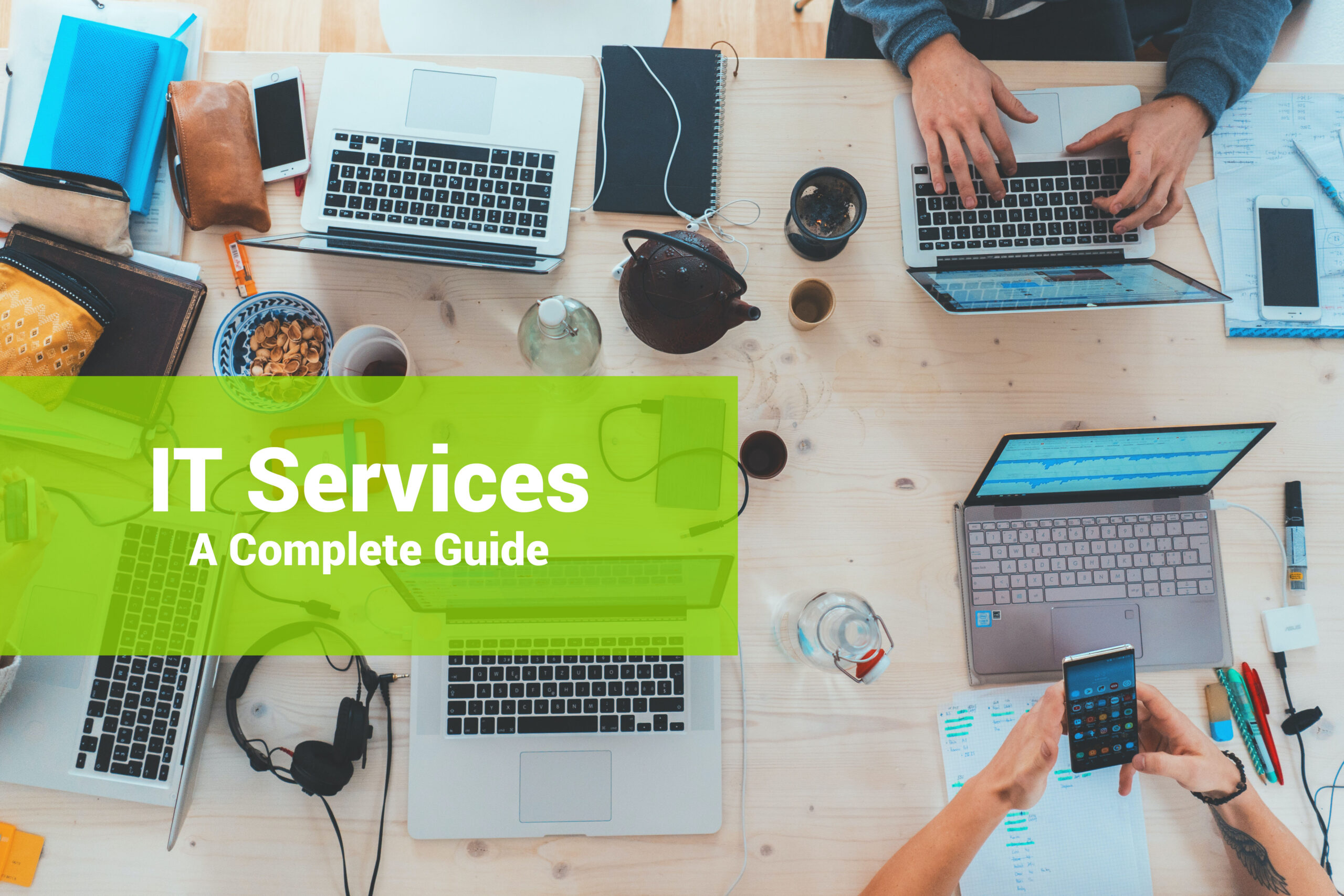At present, technology has transformed every aspect of our lives, including education. The use of technology in the classroom is not just a trend but has become an essential part of teaching and learning. Collaborative transitions foster a sense of ownership and engagement, leading to higher levels of motivation and commitment from all parties involved. With the development of technology, educational institutions are now relying on IT services to provide their students with an engaging, interactive and personalized learning experience.
In this article, we will discuss how technology is changing the classroom, the benefits of using IT services in education, and the challenges educational institutions face while integrating technology into their teaching methods.
Contents
Benefits of IT Services in Education
The integration of IT services in education has opened up a plethora of opportunities for students and teachers alike. Here are some of the benefits of using IT services in education:

- Personalized Learning: With the help of technology, teachers can now personalize their teaching methods to cater to each student’s learning style. This not only improves their academic performance but also boosts their confidence and motivates them to learn.
- Access to Information: Technology has made it possible for students to access vast amounts of information from different sources. This information is not only limited to textbooks but also includes multimedia content such as videos, images, and audio files.
- Collaboration: Technology has made it possible for students to collaborate with their peers and teachers from different parts of the world. This helps them to share ideas, work together on projects and learn from each other’s experiences.
- Enhanced Creativity: Technology has provided students with new tools to express their creativity. For example, students can use digital art tools to create visual content, edit videos and photos, and design interactive multimedia presentations.
Challenges in Integrating IT Services in Education
Despite the numerous benefits of IT services in education, there are also several challenges that educational institutions face while integrating technology into their teaching methods. Here are some of the most common challenges:
- Cost: Integrating IT services into the classroom can be expensive, especially for schools with limited budgets. This includes the cost of hardware, software, and maintenance.
- Technical Issues: Technical issues such as slow internet connection, software bugs, and hardware malfunctions can disrupt the learning process and cause frustration for both students and teachers.
- Training: Teachers require extensive training to use technology effectively in the classroom. This can be time-consuming and expensive for educational institutions.
- Security and Privacy Concerns: The use of technology in the classroom raises concerns about security and privacy. Educational institutions need to ensure that their students’ personal data is protected from cyber threats and hackers.
How IT Services are Changing the Classroom
The integration of IT services in education is changing the classroom in several ways. Here are some of the ways in which IT services are changing the classroom:
- Interactive Learning: IT services are making learning more interactive and engaging for students. For example, students can use online quizzes and games to test their knowledge and enhance their learning experience.
- Remote Learning: The COVID-19 pandemic has accelerated the adoption of remote learning. IT services have made it possible for students to continue their education from home using online platforms such as Zoom and Google Meet.
- Digital Assessments: IT services have made it possible for teachers to conduct digital assessments, which are more efficient and accurate than traditional paper-based assessments.
- Augmented and Virtual Reality: IT services have made it possible for students to experience augmented and virtual reality in the classroom. This helps them to visualize complex concepts and ideas and make learning more engaging.
Conclusion
IT services have transformed the classroom and made learning more engaging, interactive and personalized. Despite the challenges that educational institutions face while integrating technology into their teaching methods, the benefits of IT services in education cannot be ignored.




[…] Read more about IT Services for Education […]
[…] you left off, providing a cohesive messaging experience across devices. WhatsApp Web exemplifies how technology is changing the way we communicate, offering a seamless extension of mobile messaging on our […]